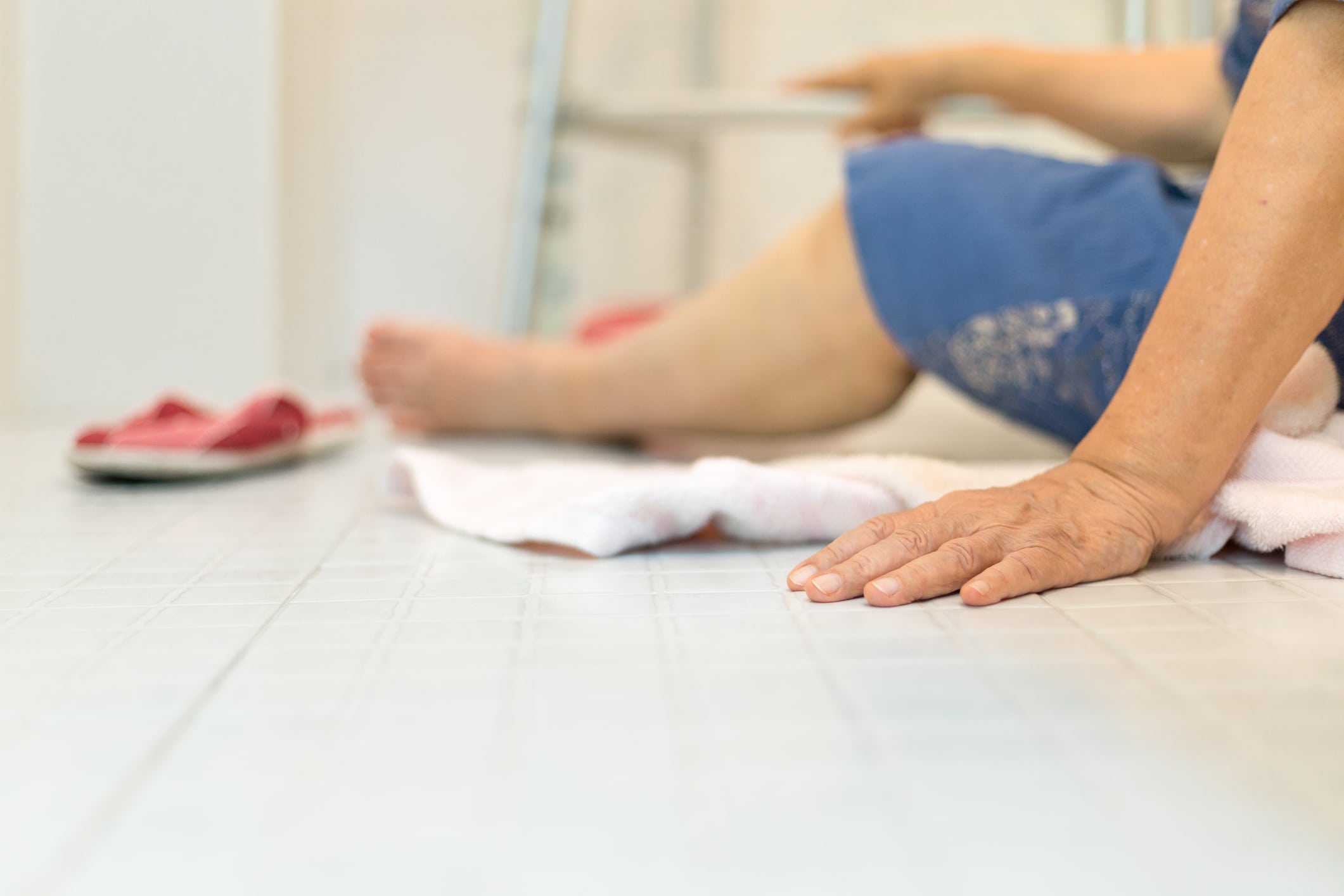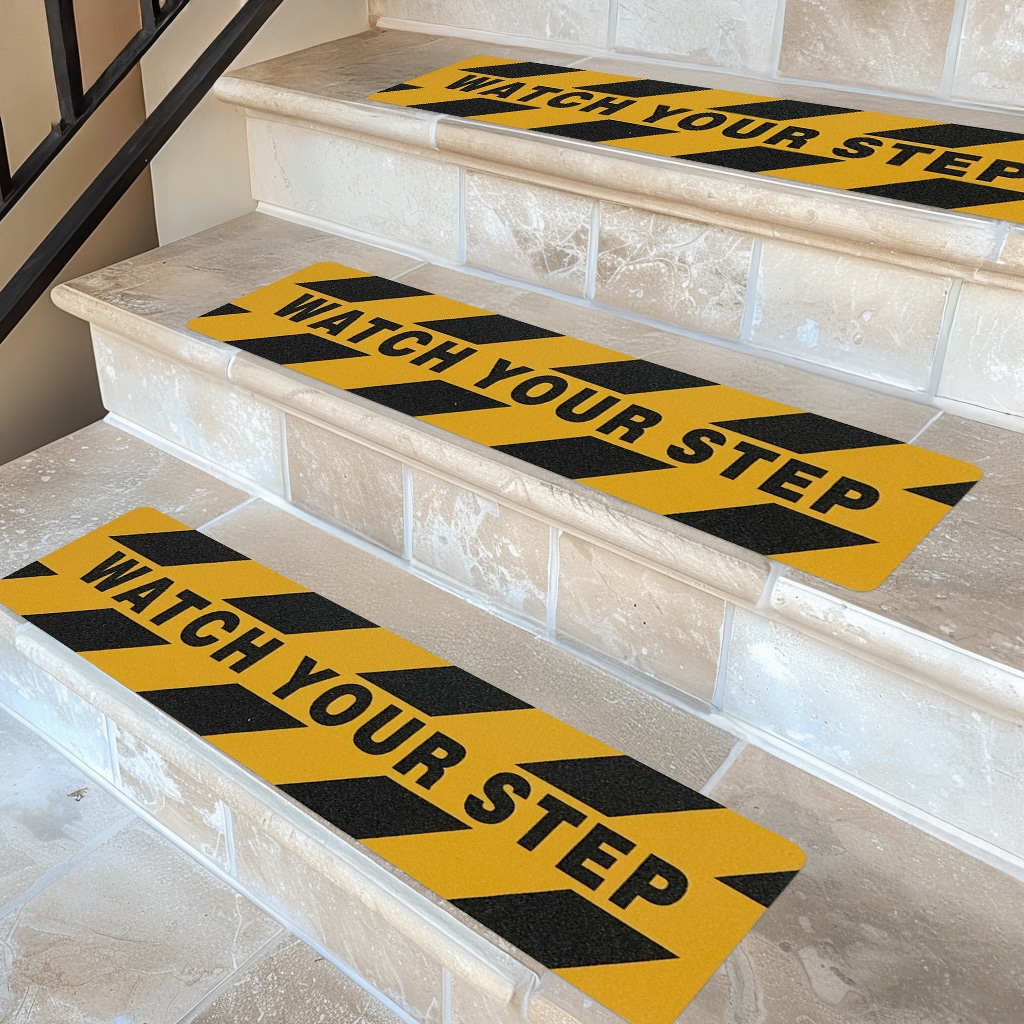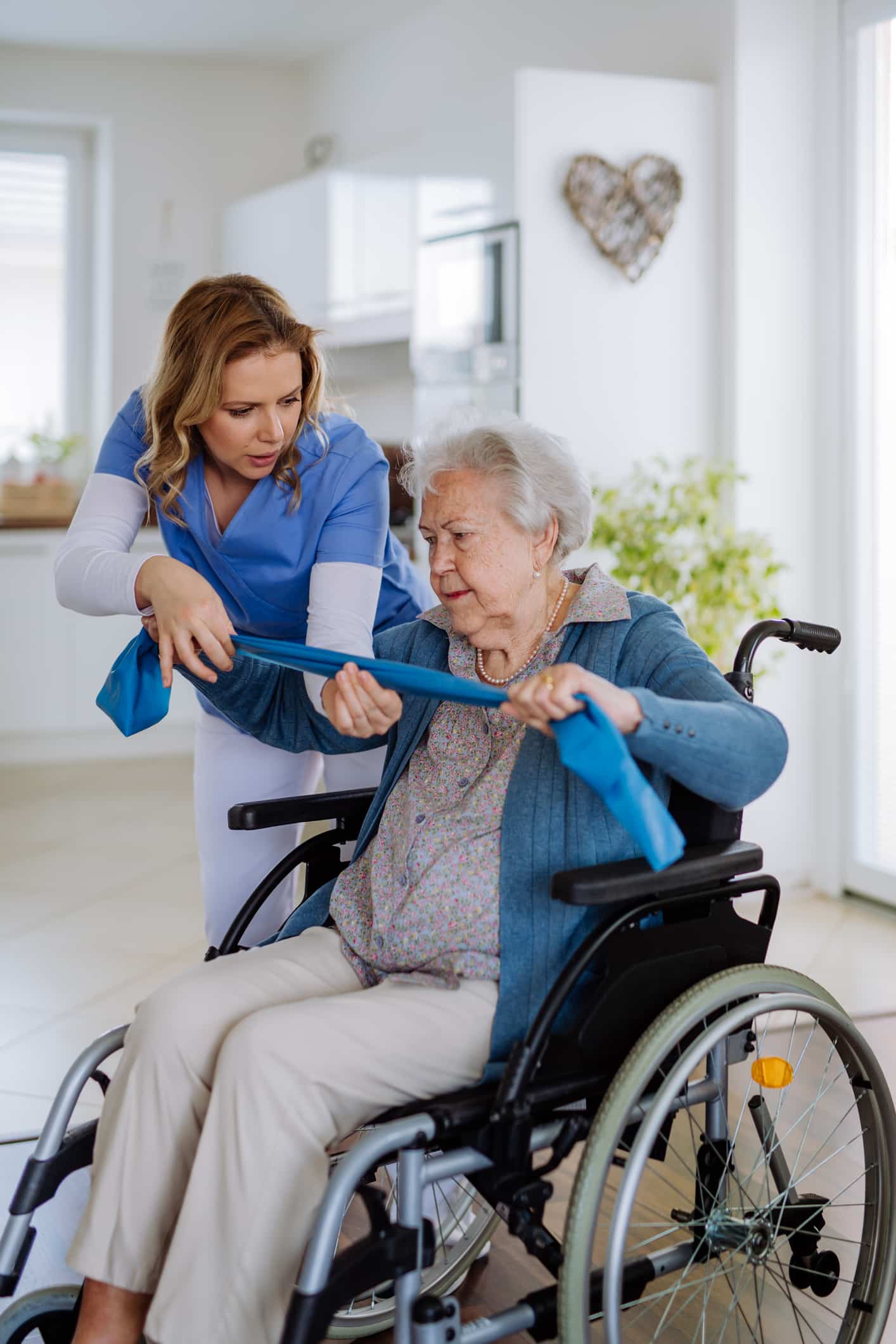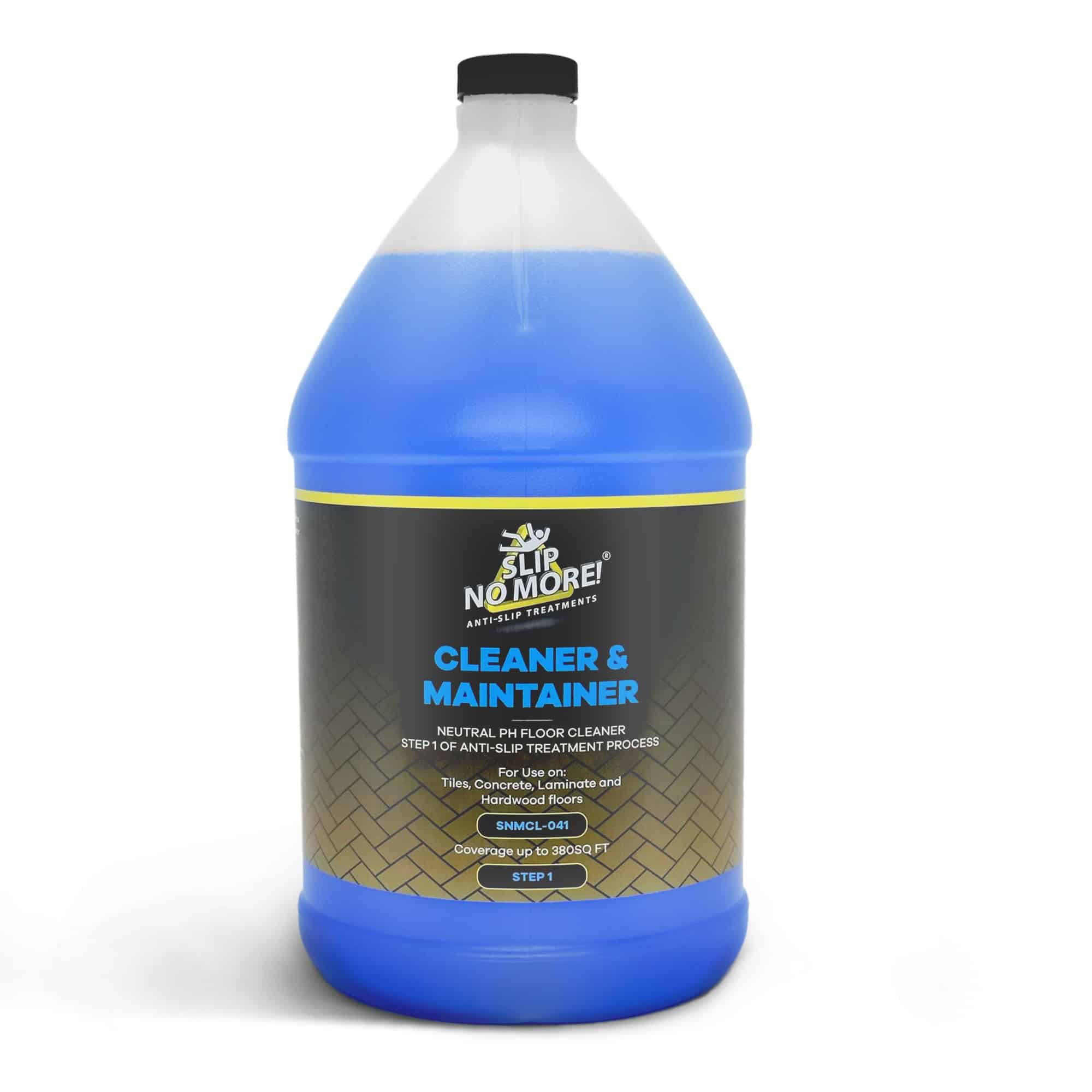Injury prevention should always be a top priority for businesses. One effective way is by implementing floor safety signs for injury prevention. These signs are vital in alerting individuals to injury prevention and ensuring a safe environment.
By utilizing floor safety signs for injury prevention, businesses demonstrate their commitment to the well-being of those who enter their premises. These floor safety signs for injury prevention draw attention to potential dangers such as wet floors, uneven surfaces, or restricted areas. Still, they also serve as a constant reminder to stay cautious and avoid accidents.
Incorporating clear and concise messages and floor safety signs for injury prevention provides crucial information to employees and customers, helping to prevent slips, trips, and falls. They serve as a visual reminder of safety protocols. Thus ensuring that everyone is aware of the potential risks present in the area.
To protect your employees and customers, it’s essential to prioritize safety, and floor safety signs for injury prevention are a practical and effective solution. Invest in these signs to create a hazard-free environment, reduce accidents, and contribute to a positive brand image that values the well-being of all stakeholders involved.
The importance of floor safety signs in injury prevention
Accidents can happen anywhere, but the risks are heightened in the workplace. Slips, trips, and falls are among the most common workplace accidents, leading to injuries that can range from minor bruises to severe fractures. These accidents not only cause physical harm but can also result in financial loss for both the affected individual and the business.
To prevent such incidents, it is essential to prioritize safety and take proactive measures. Implementing floor safety signs for injury prevention is a practical and effective solution that can significantly reduce the risk of accidents. These floor safety signs for injury prevention act as visual reminders, drawing attention to potential hazards and reminding individuals to exercise caution.
Common workplace accidents and injuries caused by slips, trips, and falls
Slips, trips, and falls can occur for various reasons, including wet or slippery surfaces, uneven flooring, or obstructions in walkways. These accidents can happen to anyone, regardless of age or physical condition. Employees, customers, and visitors are potentially at risk in a workplace setting.
Some common injuries resulting from slips, trips, and falls include sprains, strains, fractures, and head injuries. These injuries can be particularly severe for older individuals or those with pre-existing health conditions. The cost of medical treatment, rehabilitation, and potential lawsuits can significantly impact both the individual and the business. These injuries could mostly be avoided using floor safety products for injury prevention.
Understanding floor safety regulations and standards
To ensure the effectiveness of floor safety signs for injury prevention, it is essential to understand the relevant regulations and standards. Different countries and industries may have specific requirements regarding these signs’ design, placement, and maintenance. Familiarizing oneself with these regulations is crucial to ensure compliance and maximize the effectiveness of the signage.
Regulations often cover factors such as the size and color of the floor safety signs for injury prevention, the use of symbols or text, and visibility requirements. Adhering to these regulations not only helps to create a safer environment but also demonstrates the commitment of the business to meet safety standards.
Types of floor safety signs and their uses
Floor safety signs for injury prevention come in various types, each serving a specific purpose in preventing accidents and injuries. Some of the common types include:
1. Caution Signs: These floor safety signs for injury prevention alert individuals of potential hazards and encourage them to exercise caution. They often feature bold text and symbols that convey the message.
2. Wet Floor Signs: Wet floors can be extremely slippery and pose a high risk of falls. Wet floor signs are placed where spills or cleaning activities are in progress, notifying individuals to proceed cautiously. If you don’t have floor safety products for injury prevention installed at your premises, sometimes having a sign isn’t enough.
3. Restricted Area Signs: Some areas in the workplace may be restricted. This could be due to safety hazards or ongoing maintenance. Restricted area signs communicate that entry is prohibited or limited to authorized personnel only.
4. Trip Hazard Signs: Uneven surfaces, loose cables, or objects obstructing walkways can all pose a trip hazard. Trip hazard signs warn individuals of such dangers, prompting them to take necessary precautions.
Businesses can effectively communicate potential risks and prevent accidents by utilizing the appropriate types of floor safety products for injury prevention.
Designing effective floor safety signs for injury prevention
The design of floor safety signs for injury prevention plays a crucial role in their effectiveness. Signs should be created to grab attention quickly and convey the message. Critical considerations for designing effective floor safety signs for injury prevention signs include:
1. Color Contrast: Floor safety signs for injury prevention should have a high contrast between the background color and the text/symbols to ensure maximum visibility. For example, using black text on a yellow background or vice versa.
2. Font Size and Style: The text on the signs should be legible from a distance. Using bold, sans-serif fonts can enhance readability.
3. Symbols and Pictograms: Utilizing symbols and pictograms can overcome language barriers. And ensure the message is universally understood.
4. Placement of Graphics: Place graphics strategically to draw attention to the message. For example, placing a symbol of a person slipping on a wet surface near a wet floor sign.
Placement of floor safety signs for maximum visibility
Proper placement is crucial to maximize the effectiveness of floor safety signs for injury prevention. Signs should be positioned in areas easily visible and provide sufficient warning to individuals. Some critical guidelines for placement include:
1. Eye Level: Place injury prevention signs at eye level. This is particularly important in areas with high foot traffic.
2. Well-lit Areas: Position injury prevention signs in well-lit areas to enhance visibility. Additional lighting sources may be necessary in dimly lit areas to ensure the signs are visible.
3. Clear Line of Sight: Don’t obstruct injury prevention signs by objects or obstructions. Injury prevention signs must be easily seen from a distance.
4. Relevant Locations: Place injury prevention signs near the potential hazard they are addressing. For example, place wet floor signs near areas prone to spills or where cleaning activities occur.
By strategically placing floor safety signs to prevent injuries, businesses can effectively communicate potential dangers and minimize the risk of accidents.
Training employees on the importance of floor safety signs
Implementing floor safety signs is not enough; educating employees on their significance is equally essential. Conduct regular training sessions to ensure that employees understand the purpose of the signs and the actions they should take to avoid accidents. Critical aspects of employee training should include:
1. Signage Awareness: Educate employees about the different types of floor safety signs and their meanings. This includes understanding the symbols, colors, and messages each sign conveys.
2. Reporting Hazards: Encourage employees to report potential hazards. This includes spills, damaged flooring, or any other condition that may pose a safety risk.
3. Emergency Procedures: Employees should be familiar with the procedures in case of accidents or injuries. This includes knowing the location of first aid kits, emergency exits, and the contact details of relevant personnel.
4. Regular Refreshers: Training should be an ongoing process. Regular refresher sessions can help reinforce the importance of floor safety signs and keep employees vigilant.
By empowering employees with knowledge and awareness, businesses can create a safety culture and reduce the risk of accidents.
Implementing a floor safety sign program for injury prevention
Implementing floor safety signs for injury prevention programs requires careful planning and execution. Here are some steps to consider when implementing such a program:
1. Assessment: Conduct a thorough workplace assessment to identify potential hazards and determine the types of floor safety signs required.
2. Signage Plan: Develop a signage plan that outlines where signs should be placed. Consider high-risk areas, such as entrances, staircases, or areas prone to spills.
3. Procurement: Source high-quality floor safety signs from reputable suppliers. Consider factors such as durability, visibility, and compliance with relevant regulations.
4. Installation: Ensure that signs are installed securely and in the correct locations per the signage plan. This may involve drilling, adhesive tapes, or other appropriate installation methods.
5. Maintenance: Regularly inspect and maintain the signs to ensure they remain visible and in good condition. Replace any damaged or faded signs promptly.
By implementing comprehensive floor safety signs for injury prevention programs, businesses can create a safer work environment and mitigate the risk of accidents.
Choosing the Right Floor Safety Supplier for Injury Prevention
Selecting the right supplier for your floor safety products for injury prevention is essential to ensure the quality and effectiveness of the products. Consider the following factors when choosing a supplier:
1. Experience and Reputation: Look for suppliers with a proven track record in providing high-quality floor safety products. Read reviews and testimonials from other customers to gauge their reputation.
2. Compliance with Regulations: Ensure the supplier’s products meet the relevant regulations and standards. This includes factors such as durability, color, and visibility requirements.
3. Customization Options: Consider whether the supplier offers customization options to tailor the slip-prevention products to your needs. This may include adding your company logo or incorporating specific messages.
4. Durability and Longevity: Choose slip-prevention products made from durable materials that can withstand workplace conditions. Floor safety products for injury prevention should remain visible and intact for an extended period.
5. Support and Service: Evaluate the supplier’s customer support and service level. This includes factors such as response time, assistance with installation, and addressing any concerns or issues.
By partnering with the right supplier, businesses can ensure they can access high-quality floor safety products for injury prevention that meet their specific requirements.
Types of slip prevention products
Four main categories of injury prevention products increase the safety of your floors. When selecting slip-prevention products, always ask an injury-prevention specialist who can guide you. Many different products can be used on all types of slippery floors.
Anti-Slip Treatments: The best defense against slippery tiles. These products are a sure way to increase the safety of your tiles. Used indoors and outdoors, they last for years. An important note is that they are only effective on tiles that have not been sealed.
Non-Slip Coatings: Perfect for high-traffic and low-traffic areas. Always choose the right product for your use. Non-slip coatings also come in different colors and textures.
Anti-Slip Tape: A versatile product that is used on stairs and ramps. Anti-slip tape is great for indoors and outdoors and works on many different surfaces.
Cleaning and Maintenance Products: These products should be of the highest quality. Be sure to check the cleaning recommendations of the floor safety products that you have installed.
Conclusion: Creating a safer work environment through floor safety signs
Injuries from slips, trips, and falls can have severe consequences for employees and customers. Implementing floor safety signs is a proactive step towards preventing such accidents and creating a safer work environment. These floor safety signs for injury prevention prevent accidents and injuries by prioritizing safety, understanding regulations, and utilizing effective signage. Training employees on the importance of floor safety signs and implementing a comprehensive program further enhances safety measures. Choosing a reputable supplier ensures access to high-quality signs that meet the required standards.
Investing in floor safety signs protects employees and customers and promotes a positive brand image. An image that values the well-being of all stakeholders involved. Ultimately, by prioritizing injury prevention through floor safety signs for injury prevention, businesses demonstrate their commitment to creating a hazard-free environment and fostering a safety culture.
About Slip No More
With more than 15 years of experience in the slip-prevention industry, our floor safety products for injury prevention solve the problem of slippery floors in all areas. Specializing in floor safety, the company has become synonymous with reliable solutions for preventing slips and falls.
Slip No More offers various anti-slip products designed for different surfaces.
As part of our global expansion strategy, we actively engage with our audience about floor safety products for injury prevention. Slip No More maintains a strong presence on platforms like Facebook, Instagram, Twitter, Linked In, and YouTube. We love connecting with customers and sharing valuable insights on safety measures. This strategic use of social media fosters brand awareness and allows us to interact directly with our diverse customer base.
If you found this article helpful, take a look at our related articles:





